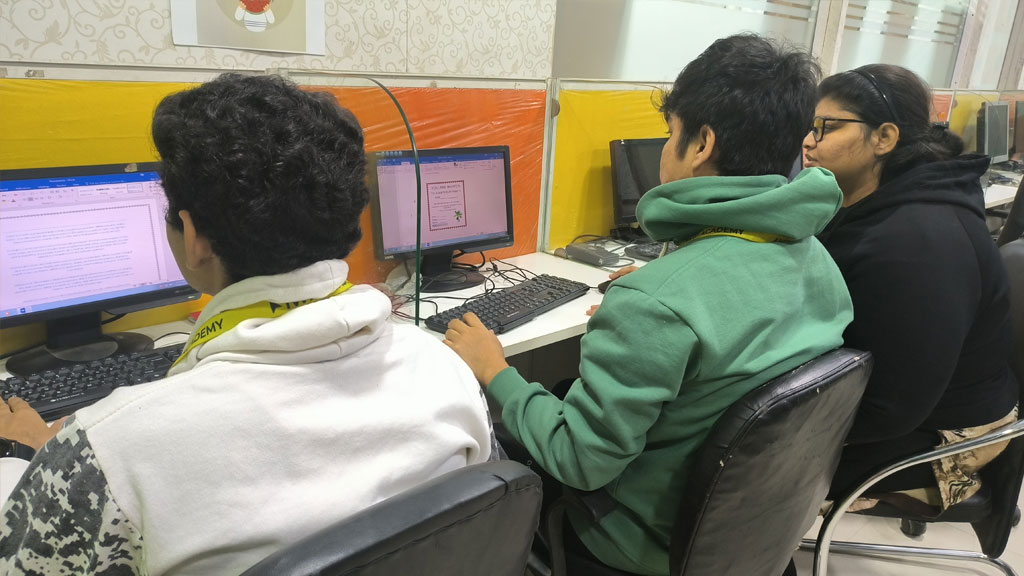Introduction:
In an era dominated by visual and interactive content, the role of multimedia professionals has become increasingly pivotal. If you are captivated by the fusion of technology and creativity, enrolling in a multimedia course could be the catalyst for a vibrant and dynamic career. In this blog post, we will explore the exciting landscape of multimedia and shed light on the diverse elements that make a comprehensive multimedia course a gateway to endless possibilities.
- Multimedia Unveiled: Beyond Traditional Boundaries:
Multimedia is more than just a blend of text and images; it’s a dynamic form of communication that combines various media elements to engage, inform, and entertain. A quality multimedia course introduces students to the expansive world of graphics, audio, video, animation, and interactive elements.
- Graphic Design: Crafting Visual Narratives:
The foundation of multimedia often lies in graphic design. A multimedia course delves into the principles of design, teaching students how to create visually appealing and communicative graphics using tools like Adobe Photoshop, Illustrator, and other design software.
- Interactive Web Design: Crafting Digital Experiences:
In an age where websites are dynamic and interactive, understanding web design is crucial. A multimedia course explores the principles of user interface (UI) and user experience (UX) design, teaching students how to create websites that are not just visually stunning but also user-friendly and interactive.
- Digital Animation: Bringing Ideas to Life:
Animation breathes life into static concepts, and a comprehensive multimedia course often includes training in digital animation. Students learn to use animation software to create captivating visuals, whether it’s for educational content, advertising, or entertainment.
- Video Production and Editing: Telling Stories in Motion:
Video is a powerful medium for storytelling, and a multimedia course equips students with the skills to produce and edit compelling videos. From scripting to shooting and post-production editing, students learn the art and techniques of video production.
- Audio Production: The Soundtrack of Multimedia:
Sound enhances the multimedia experience, and a course in multimedia typically includes training in audio production. Students learn to work with sound editing software, create soundscapes, and integrate audio seamlessly into multimedia projects.
- 3D Modeling and Virtual Reality (VR): Expanding Realities:
As technology advances, so do the possibilities within multimedia. A forward-thinking course includes training in 3D modeling and virtual reality, allowing students to explore the creation of immersive and interactive experiences.
- Portfolio Development and Real-world Projects: Showcasing Mastery:
A hallmark of a valuable multimedia course is the opportunity for students to develop a comprehensive portfolio. This portfolio becomes a showcase of their skills, featuring real-world projects that demonstrate their ability to bring ideas to life in various multimedia formats.
Conclusion:
Enrolling in a multimedia course is not just about learning software tools; it’s an exploration of creativity, technology, and the limitless possibilities of visual and interactive communication. Whether you aspire to work in graphic design, web development, animation, or video production, a comprehensive multimedia course lays the foundation for a versatile and dynamic career. So, if you’re ready to unleash your creativity and navigate the ever-evolving landscape of multimedia, consider enrolling in a course that will be your passport to a world where innovation and imagination know no bounds.

